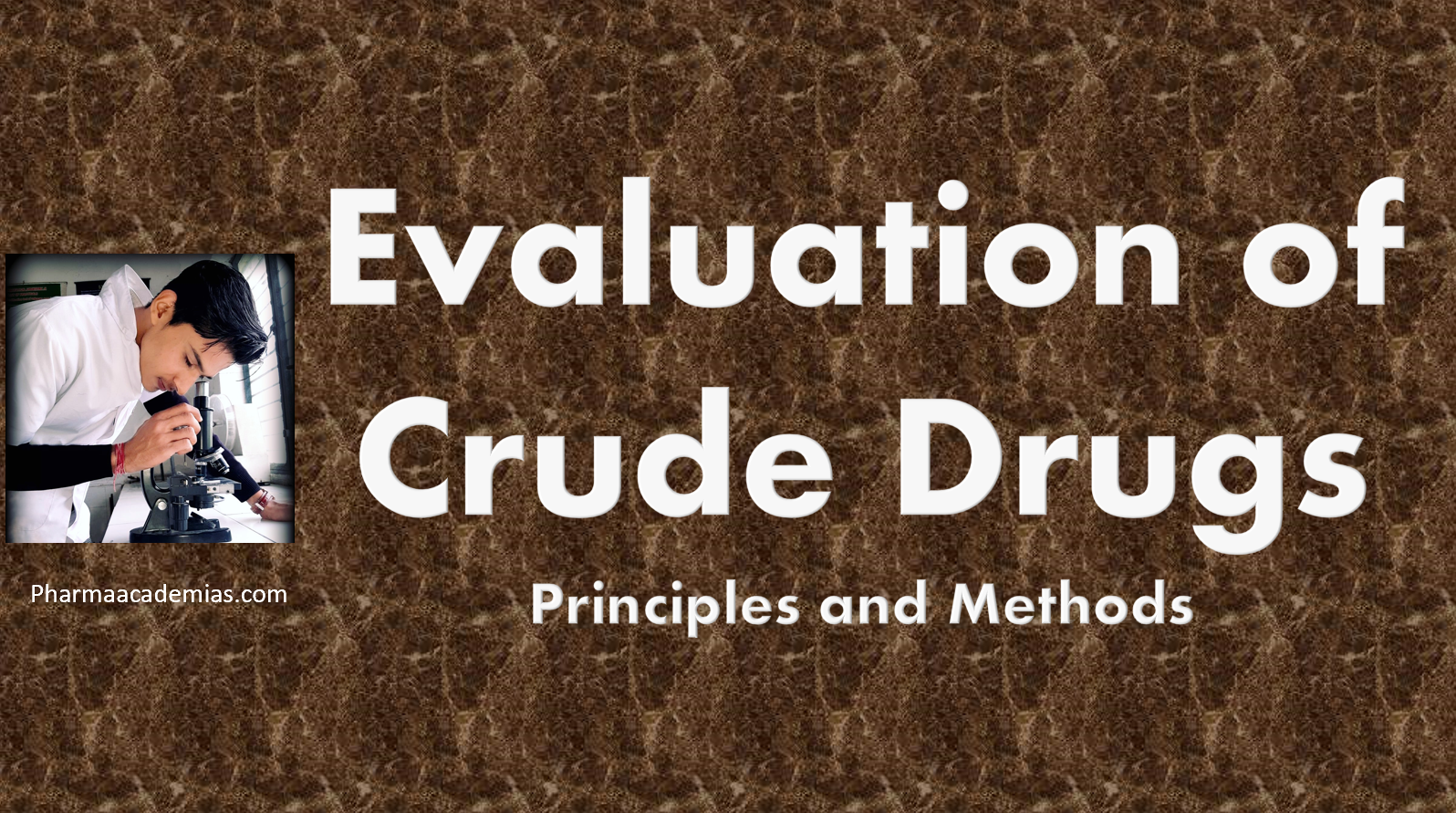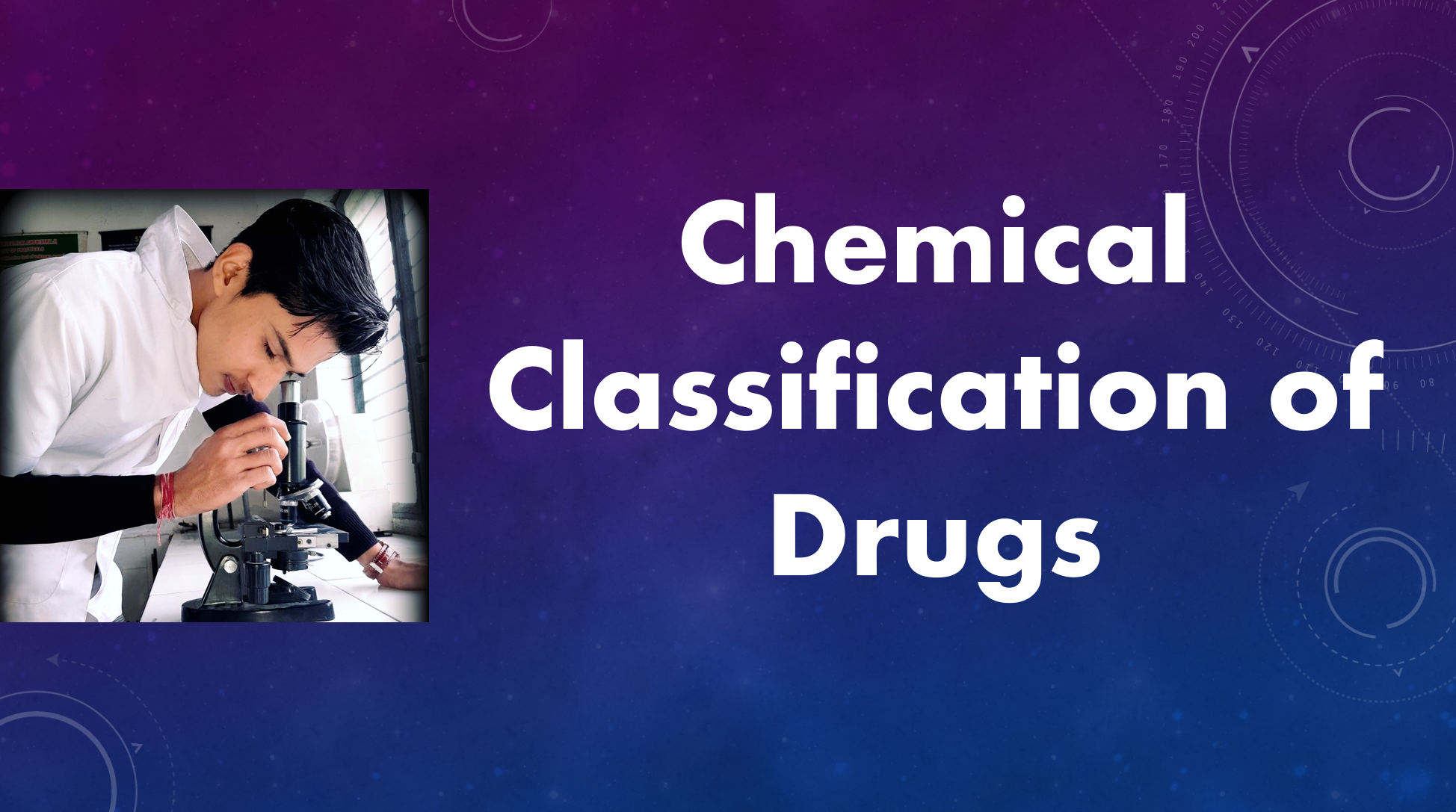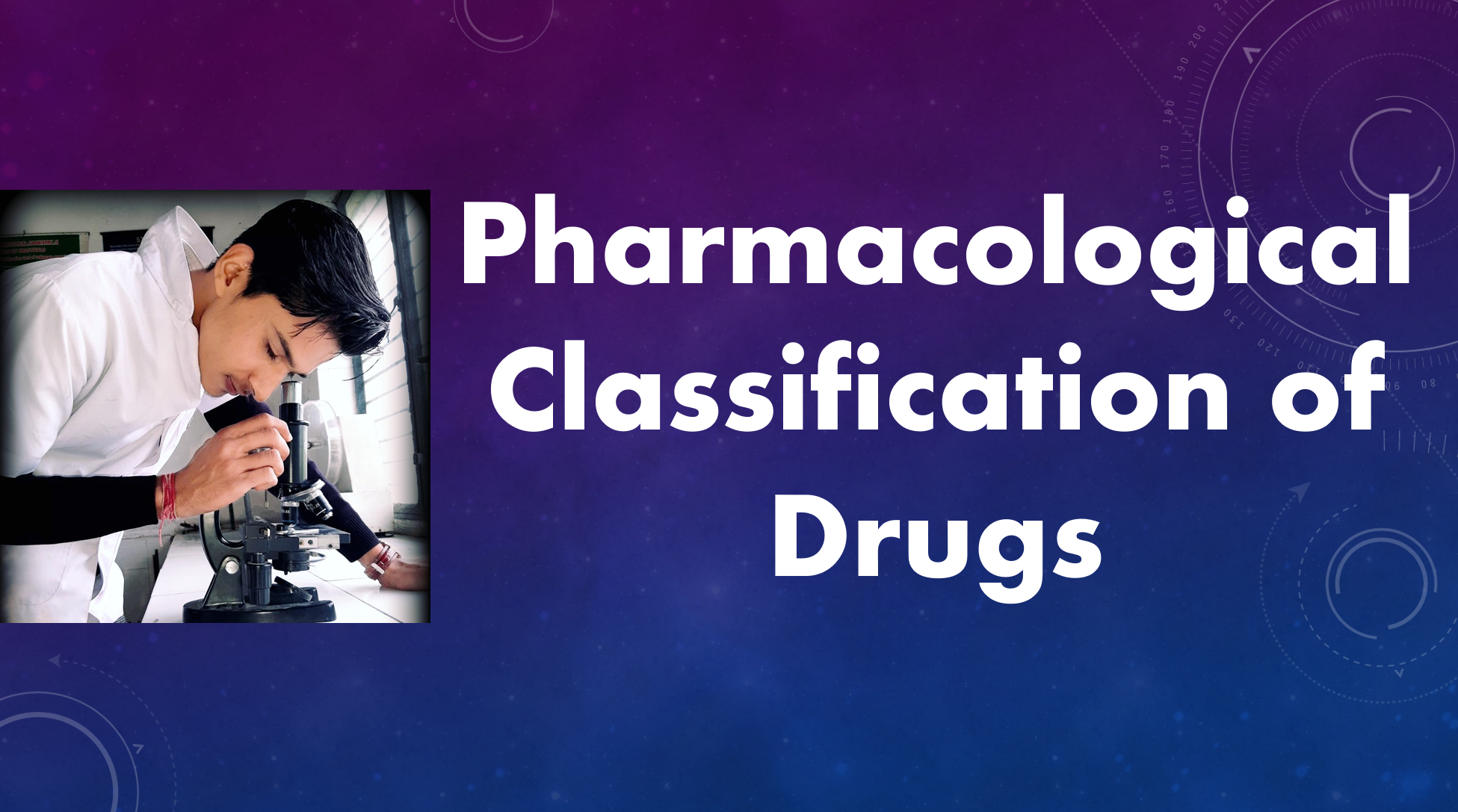Cardiotonic
A cardiotonic, also known as a cardiac tonic or positive inotropic agent, refers to a substance that can enhance the strength and efficiency of the heart’s contractions, particularly the force with which the heart muscle contracts during systole. These substances exert their effects on the cardiac muscle, influencing its contractility. Cardiotonics are often used in … Read more










